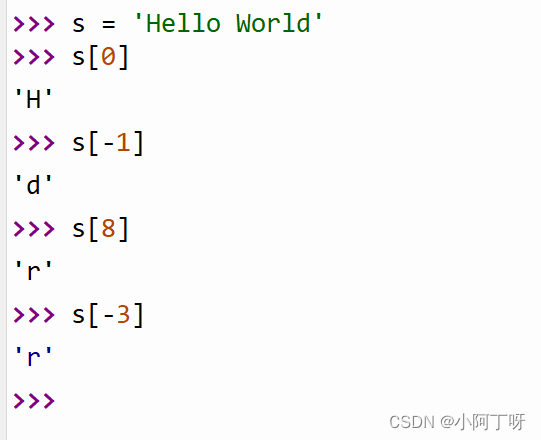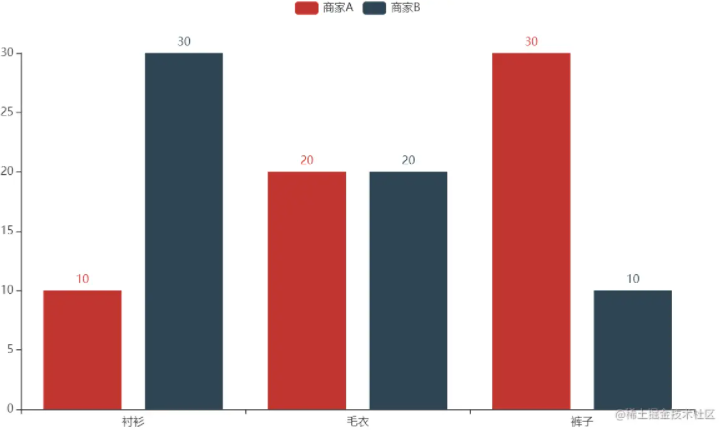果然,过了一会儿,在那个地方出现了太阳的小半边脸,红是红得很,却没有亮光。太阳像负着什么重担似的,慢慢儿,一纵一纵地,使劲儿向上升。
本文实例为大家分享了python多进程读图提取特征存npy的具体代码,供大家参考,具体内容如下
import multiprocessing
import os, time, random
import numpy as np
import cv2
import os
import sys
from time import ctime
import tensorflow as tf
image_dir = r"D:/sxl/处理图片/汉字分类/train10/" #图像文件夹路径
data_type = 'test'
save_path = r'E:/sxl_Programs/Python/CNN/npy/' #存储路径
data_name = 'Img10' #npy文件名
char_set = np.array(os.listdir(image_dir)) #文件夹名称列表
np.save(save_path+'ImgShuZi10.npy',char_set) #文件夹名称列表
char_set_n = len(char_set) #文件夹列表长度
read_process_n = 1 #进程数
repate_n = 4 #随机移动次数
data_size = 1000000 #1个npy大小
shuffled = True #是否打乱
#可以读取带中文路径的图
def cv_imread(file_path,type=0):
cv_img=cv2.imdecode(np.fromfile(file_path,dtype=np.uint8),-1)
# print(file_path)
# print(cv_img.shape)
# print(len(cv_img.shape))
if(type==0):
if(len(cv_img.shape)==3):
cv_img = cv2.cvtColor(cv_img, cv2.COLOR_BGR2GRAY)
return cv_img
#多个数组按同一规则打乱数据
def ShuffledData(features,labels):
'''
@description:随机打乱数据与标签,但保持数据与标签一一对应
'''
permutation = np.random.permutation(features.shape[0])
shuffled_features = features[permutation,:] #多维
shuffled_labels = labels[permutation] #1维
return shuffled_features,shuffled_labels
#函数功能:简单网格
#函数要求:1.无关图像大小;2.输入图像默认为灰度图;3.参数只有输入图像
#返回数据:1x64*64维特征
def GetFeature(image):
#图像大小归一化
image = cv2.resize(image,(64,64))
img_h = image.shape[0]
img_w = image.shape[1]
#定义特征向量
feature = np.zeros(img_h*img_w,dtype=np.int16)
for h in range(img_h):
for w in range(img_w):
feature[h*img_h+w] = image[h,w]
return feature
# 写数据进程执行的代码:
def read_image_to_queue(queue):
print('Process to write: %s' % os.getpid())
for j,dirname in enumerate(char_set): # dirname 是文件夹名称
label = np.where(char_set==dirname)[0][0] #文件夹名称对应的下标序号
print('序号:'+str(j),'读 '+dirname+' 文件夹...时间:',ctime() )
for parent,_,filenames in os.walk(os.path.join(image_dir,dirname)):
for filename in filenames:
if(filename[-4:]!='.jpg'):
continue
image = cv_imread(os.path.join(parent,filename),0)
# cv2.imshow(dirname,image)
# cv2.waitKey(0)
queue.put((image,label))
for i in range(read_process_n):
queue.put((None,-1))
print('读图结束!')
return True
# 读数据进程执行的代码:
def extract_feature(queue,lock,count):
'''
@description:从队列中取出图片进行特征提取
@queue:先进先出队列
lock:锁,在计数时上锁,防止冲突
count:计数
'''
print('Process %s start reading...' % os.getpid())
global data_n
features = [] #存放提取到的特征
labels = [] #存放标签
flag = True #标志着进程是否结束
while flag:
image,label = queue.get() #从队列中获取图像和标签
if len(features) >= data_size or label == -1: #特征数组的长度大于指定长度,则开始存储
array_features = np.array(features) #转换成数组
array_labels = np.array(labels)
array_features,array_labels = ShuffledData(array_features,array_labels) #打乱数据
lock.acquire() # 锁开始
# 拆分数据为训练集,测试集
split_x = int(array_features.shape[0] * 0.8)
train_data, test_data = np.split(array_features, [split_x], axis=0) # 拆分特征数据集
train_labels, test_labels = np.split(array_labels, [split_x], axis=0) # 拆分标签数据集
count.value += 1 #下标计数加1
str_features_name_train = data_name+'_features_train_'+str(count.value)+'.npy'
str_labels_name_train = data_name+'_labels_train_'+str(count.value)+'.npy'
str_features_name_test = data_name+'_features_test_'+str(count.value)+'.npy'
str_labels_name_test = data_name+'_labels_test_'+str(count.value)+'.npy'
lock.release() # 锁释放
np.save(save_path+str_features_name_train,train_data)
np.save(save_path+str_labels_name_train,train_labels)
np.save(save_path+str_features_name_test,test_data)
np.save(save_path+str_labels_name_test,test_labels)
print(os.getpid(),'save:',str_features_name_train)
print(os.getpid(),'save:',str_labels_name_train)
print(os.getpid(),'save:',str_features_name_test)
print(os.getpid(),'save:',str_labels_name_test)
features.clear()
labels.clear()
if label == -1:
break
# 获取特征向量,传入灰度图
feature = GetFeature(image)
features.append(feature)
labels.append(label)
# # 随机移动4次
# for itime in range(repate_n):
# rMovedImage = randomMoveImage(image)
# feature = SimpleGridFeature(rMovedImage) # 简单网格
# features.append(feature)
# labels.append(label)
print('Process %s is done!' % os.getpid())
if __name__=='__main__':
time_start = time.time() # 开始计时
# 父进程创建Queue,并传给各个子进程:
image_queue = multiprocessing.Queue(maxsize=1000) #队列
lock = multiprocessing.Lock() #锁
count = multiprocessing.Value('i',0) #计数
#将图写入队列进程
write_sub_process = multiprocessing.Process(target=read_image_to_queue, args=(image_queue,))
read_sub_processes = [] #读图子线程
for i in range(read_process_n):
read_sub_processes.append(
multiprocessing.Process(target=extract_feature, args=(image_queue,lock,count))
)
# 启动子进程pw,写入:
write_sub_process.start()
# 启动子进程pr,读取:
for p in read_sub_processes:
p.start()
# 等待进程结束:
write_sub_process.join()
for p in read_sub_processes:
p.join()
time_end=time.time()
time_h=(time_end-time_start)/3600
print('用时:%.6f 小时'% time_h)
print ("读图提取特征存npy,运行结束!")
本文python多进程读图提取特征存npy到此结束。最快的脚步不是跨越,而是继续;最慢的步伐不是缓慢,而是徘徊;最好的道路不是大道,而是坦荡;最险的道路不是陡坡,而是陷阱;最大的幸福不是得到,而是拥有;最好的财富不是金钱,而是健康;最棒的祝福不是将来,而是现在。小编再次感谢大家对我们的支持!





